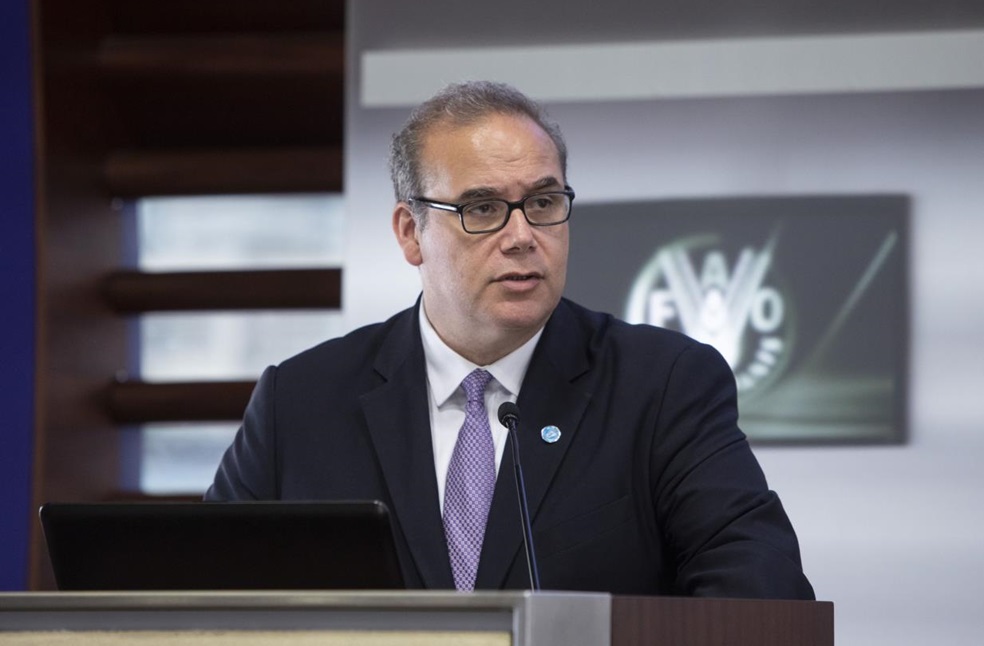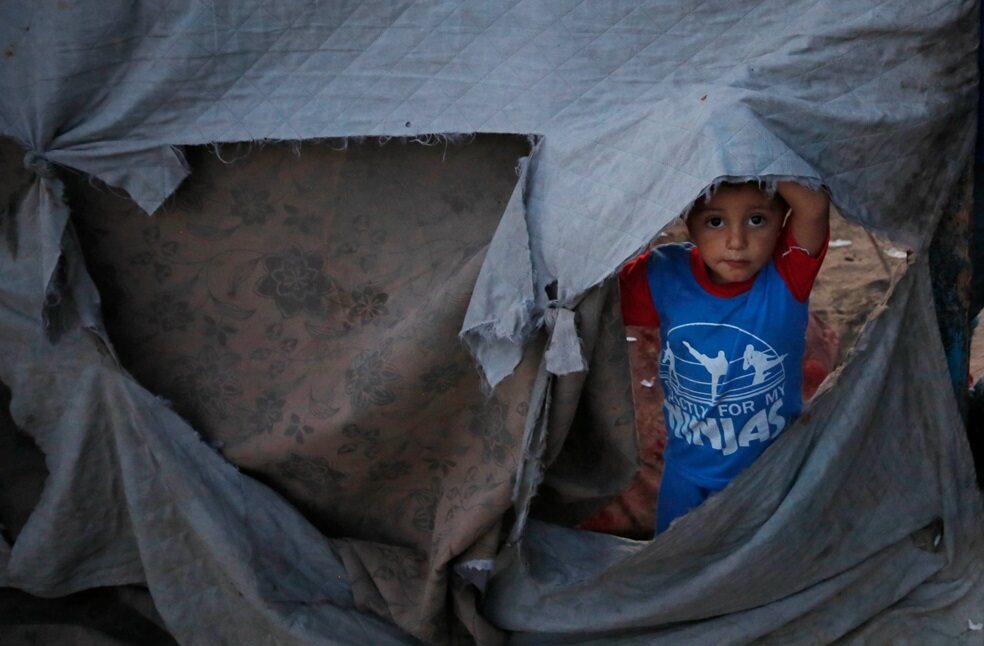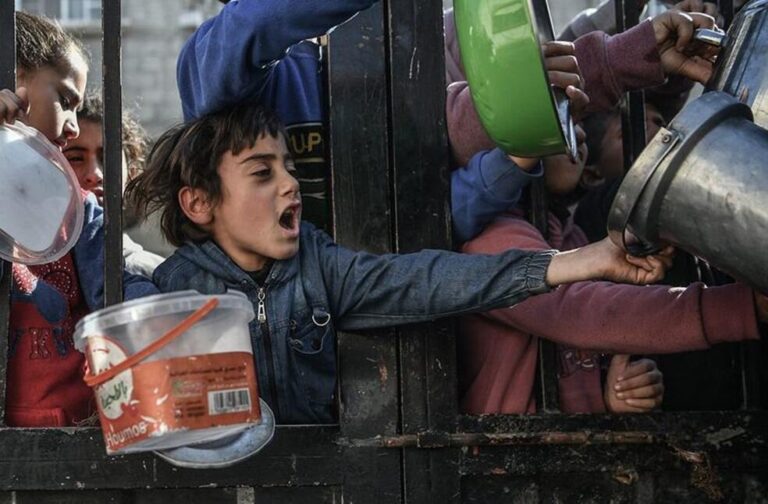Palestine: The Food and Agriculture Organization of the United Nations (FAO) has raised concerns about a high risk of famine across the entire Gaza Strip. This is due to ongoing conflict and limited large-scale humanitarian access, according to a new report from the Integrated Food Security Phase Classification (IPC) global initiative.
“We have observed high risk of famine over the last eight months due to relentless hostilities characterized by bombardment and ground operations as well as limited access to those in need of urgent humanitarian aid which have had severe impacts on the entire population of Gaza”, stated FAO Chief Economist Maximo Torero while commenting on the IPC’s latest findings at a press briefing in New York.

“The report clearly shows that once the flow of and access to food and water in the Northern Gaza improved, the risk of famine has significantly decreased, therefore the solution is clear,” Torero added.
He did, however, stress that, despite some progress made in the Northern areas during the study period, the situation is still extremely precarious, unstable, and crucial, and that any major changes might cause a rapid slide into famine in Gaza. The Chief Economist went on to say that the situation for social and food security is made worse by the ongoing, intense ground operations in Northern Gaza, which result in forced displacement.

Nearly all of the population—96 percent—faces high levels of acute food insecurity (IPC Phase 3 or above). Torero warned that any deterioration could drive more people into dangerously high levels of hunger, such as if permits and truck access for humanitarian aid to Gaza decline and do not significantly increase.
The latest data shows that although the northern governorates have received more food deliveries and nutrition services, which has temporarily improved the situation regarding hunger, the southern governorates have seen a worsening of the situation since the beginning of May due to resumed fighting.
The latest IPC report states that nearly the whole population, 2.15 million people, or 96 percent, are experiencing crisis levels of acute food insecurity or higher (IPC Phase 3+), while about 495,000 people, or 22 percent of the population, are currently experiencing catastrophic food insecurity (IPC Phase 5, Catastrophe).



